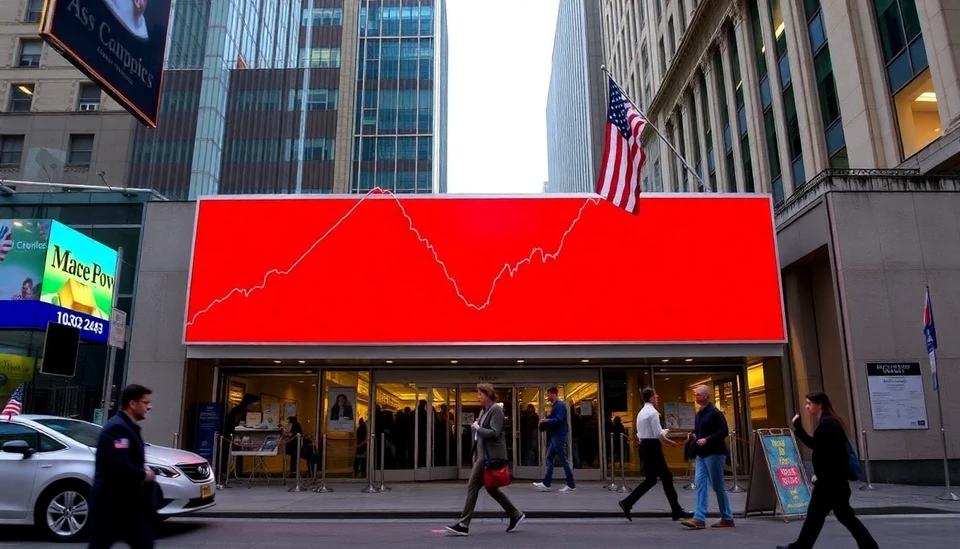
In a notable development for the economy, recent reports indicate that US services activity expanded at its slowest pace in three months, signaling potential headwinds for economic growth. This downturn in service sector momentum is captured in the Institute for Supply Management's (ISM) Services Purchasing Managers Index (PMI), which slipped to 54.1 in November from 55.4 in October. A reading above 50 still indicates expansion, but the decline in growth signals that businesses may be facing increasing challenges.
One significant factor contributing to this slowdown is the impact of rising interest rates. As the Federal Reserve continues to implement its monetary tightening policy, borrowing costs have risen, affecting both businesses and consumers. Higher rates can dampen consumer spending, which is vital for service sector growth. Furthermore, as companies adjust to a tighter economic environment, many are reporting a drop in demand for services, which is essential for sustained expansion.
The slowdown is also echoed in the employment components of the index, which saw a slight decrease. This is concerning as employment levels are often a leading indicator of economic health. Although employment remains in expansion territory, the easing of hiring rates suggests that businesses are becoming cautious amidst uncertain economic conditions. This cautious sentiment could foreshadow broader challenges if service sector growth continues to falter.
Consumer sentiment, while resilient, may also be affected by ongoing inflation concerns. Prices for services have increased, which might be leading to shifts in consumer behavior as households prioritize spending amid higher costs. The ongoing inflationary environment, coupled with elevated interest rates, creates a complex situation for both consumers and businesses moving forward.
Despite these challenges, some analysts remain optimistic. They see the services sector as remaining fundamentally strong, bolstered by structural trends in technology and digital transformation that continue to drive demand. The sustainability of this optimism may depend on how quickly inflation can be controlled and whether consumer confidence holds up in the coming months.
In light of these developments, economists will be closely monitoring upcoming data releases to assess the trajectory of the services sector and overall economic growth. The service industries are essential to the US economy, and sustained growth is crucial for broader economic stability. Analysts stress the importance of being vigilant about these indicators as they navigate through the complexities of the current economic climate.
Moving forward, it will be crucial for policymakers, business leaders, and consumers alike to pay attention to these trends. Understanding the dynamics at play in the service sector can provide valuable insights into the health of the overall economy and inform strategic decisions.
As we draw closer to the new year, the evolving landscape of the US services sector will be a key point of focus, warranting careful observation and analysis to adapt to any emerging economic realities.
Overall, while the slowdown in service sector growth raises concerns, it also provides an opportunity to reassess strategies and navigate potential challenges ahead.
#USServices #EconomicGrowth #ISM #PMI #Inflation #InterestRates #ConsumerSpending #BusinessGrowth #Economy #BusinessNews
Author: Daniel Foster




